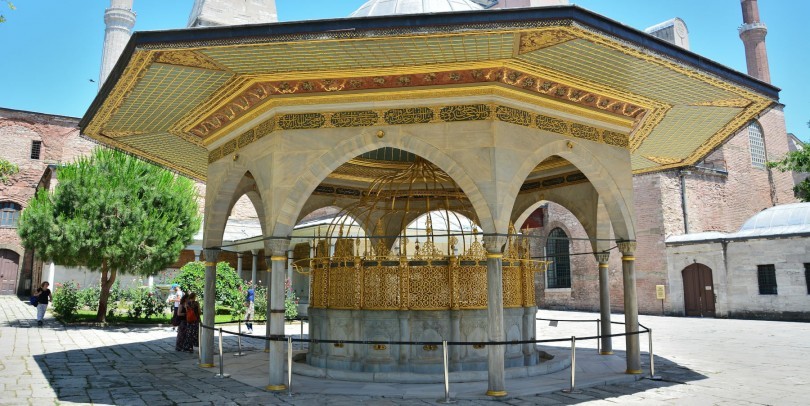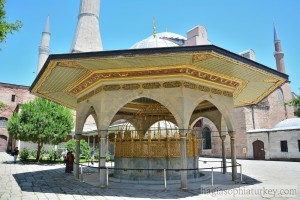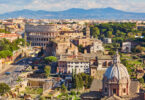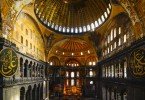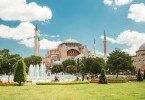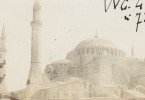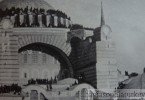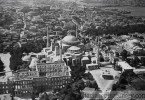Built in 1740 by Sultan Mahmut I over the site of a Byzantine Patriarchate, the fountain with its eight marble columns in the courtyard reflects the Ottoman Classical Art.
In Justinian era, there was an ablution fountain called ‘’Phiale’’ in the atrium of Hagia Sophia. The fountain was decorated with different kinds of animals. It was carved from red marble. The fountain is described by Paul the Silentiary:
‘’…At the prized center of the wide court stands a spacious fountain, cleft from the lasian peaks; from it a burbling stream of water, forced by a brazen pipe, leaps into the air, a stream that drives away all suffering, when the people, in the month of the golden vestments, at God’s mystic feast, draw by night the unsullied waters in vessels…’’
Narrated also by a semi-legendary author:
‘’…Justinian alone began the church and he alone finished it with no help from anyone else with regard to building. Wonderful to behold were the beauty and variety of the church, for alt around it shone with gold and silver. And the floor, too, made visitors marvel for it appeared like the sea or the flowing waters of a river thanks to the great variety of its marble.
The four strips (Phinai) of the church he called the Four Rivers that flow out of paradise, and he decreed that persons excommunicated for their sins should stand upon them, one by one. In the atrium (Phialé) he made twelve conduits and stone lions that spouted water for the ablutions of the common people. On the right-hand side of the right women’s gallery (Gunaikités) he made a pool (Thalassa) in which water collected to the depth of one span, and a gangway for the priests to walk over the pool. Facing the pool he set up a cistern of rain water, and he carved twelve lions, twelve leopards, twelve deer, twelve eagles, twelve hares, twelve calves and twelve crows, out of whose throats water flowed by means of a mechanism for the ablution of the priests alone. He called this place Leontarion. There, too, he constructed the métatorion, a beautiful chamber covered with gold, so that he might rest there whenever he went to the church. Who can relate the excessive beauty of this church, sheathed in gold and silver from floor to ceiling?
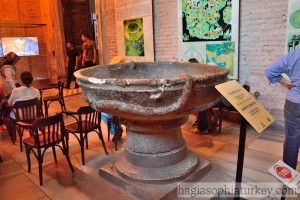
Snake Patterned Pool – Exonarthex, Hagia Sophia
There was a lead–covered canopy over a great stone cup like the breccia basin which is on display now in the exonarthex of Hagia Sophia. It was inscripted : “Wash your sin, not only your face!”


